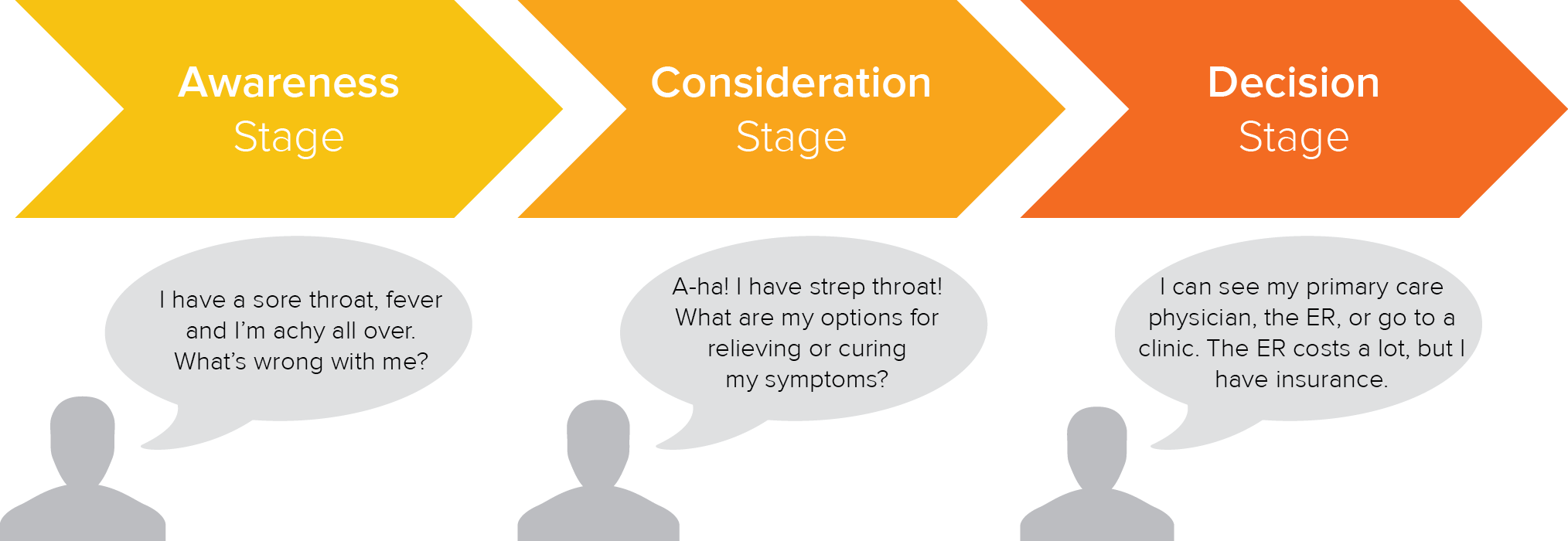
The 5 Best Facebook Marketing Tips
September 6, 2017
5 Social Media Tips For Startups
September 15, 2017 When you want to buy a product or service, what do you do?
When you want to buy a product or service, what do you do?
Let me guess, you Google it. You read every blog post, article, or review you can find. After doing sufficient research, you look for suitable stores or vendors to buy it. This entire process takes place online, regardless of whether you end up buying the product in-store or online.
Well, you’re not alone. Google processes over 2 trillion searches per year, which equals to 63,000 people searching per second. That’s a lot of eyeballs searching for your product or solution to their problem. How then, can you make potential customers want to buy your product or service?
If you’re about to answer, ‘Search Engine Optimisation’, then you’re thinking too small. Let us explain.
Yes, SEO, or Search Engine Optimisation, is the one of the keys to making your website more prominent on Google. However, does your website have enough pages and content to optimize for all your desired keywords? SEO alone isn’t enough to make your site number one, especially if your industry is a highly competitive one.
That’s where Inbound Marketing comes in. In a nutshell, Inbound Marketing focuses on attracting potential customers to you through multiple techniques like content marketing, SEO, and social media marketing.
Content is one of the main drivers for Inbound Marketing. By consistently publishing new content (in the form of blog posts, long-form content assets like eBooks or whitepapers), Google will have new content to index for your website. This helps to improve your website’s overall ranking on Google.
However, there’s a catch: you have to publish the right content, at the right place at the right time.
What does that mean?
For example, if your business sells B2B marketing services (like we do!), it doesn’t make any sense for you to publish a blog post on 2017 manufacturing trends. Firstly, it’s the wrong industry; secondly, that ‘trendy’ post is going to be obsolete next year. Make sure you know the characteristics of your target audience and what they would be interested in, and tailor your content accordingly.

The Buyer’s Journey (Source: HubSpot)
Once you consistently provide value to your site visitors via content, visitors will see you as a trusted source of information, and keep coming back to interact with your website. You can then nurture them into leads, customers, and promoters through other channels like email marketing, lead nurturing workflows and more.

Source: HubSpot
So, if you’re looking at using Inbound Marketing, know this: content marketing is the key to drive traffic to your website. After all, how did you get onto this blog post in the first place?
{{cta(‘188fc6d9-6e26-46af-add8-219fd76b4bf4’)}}


